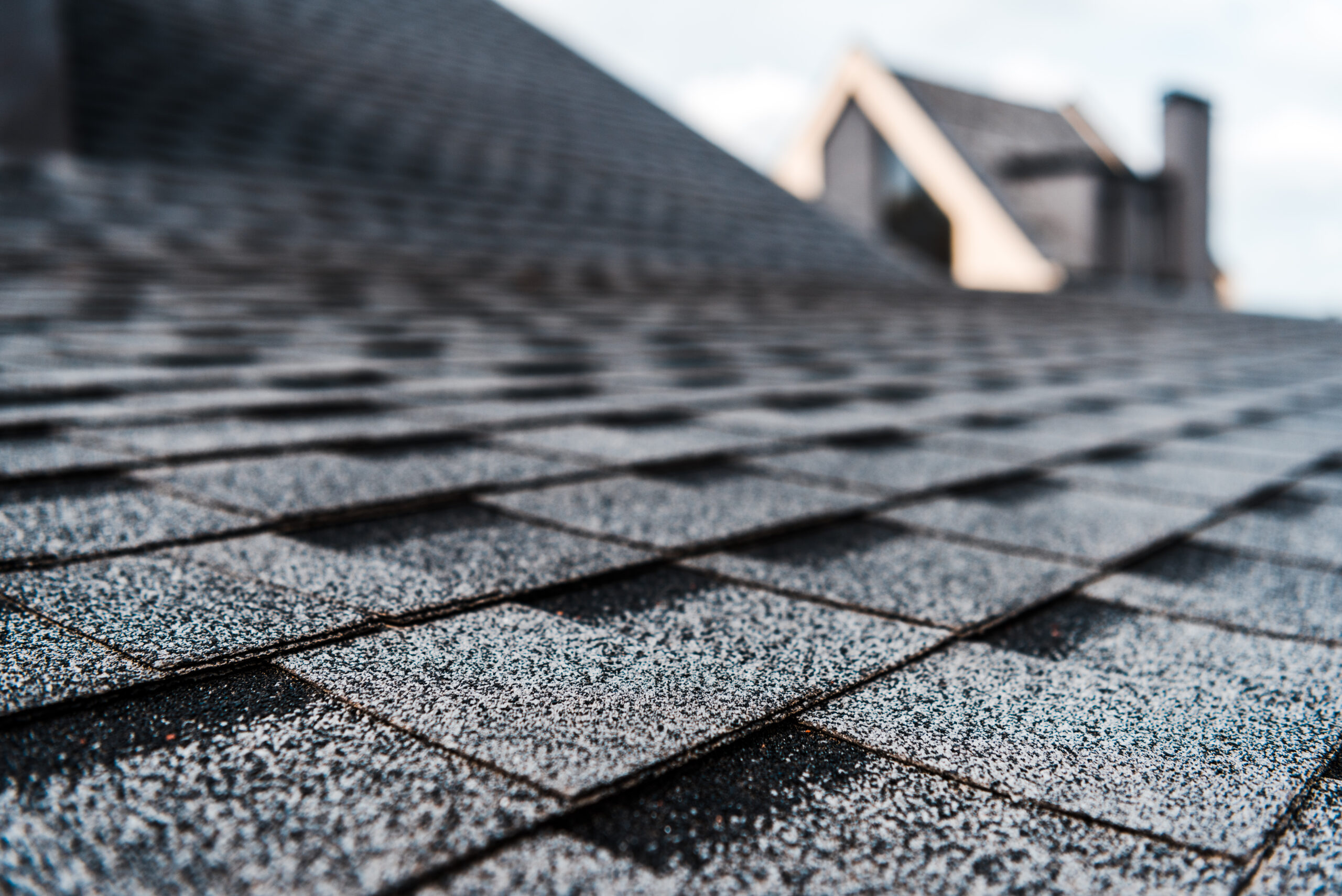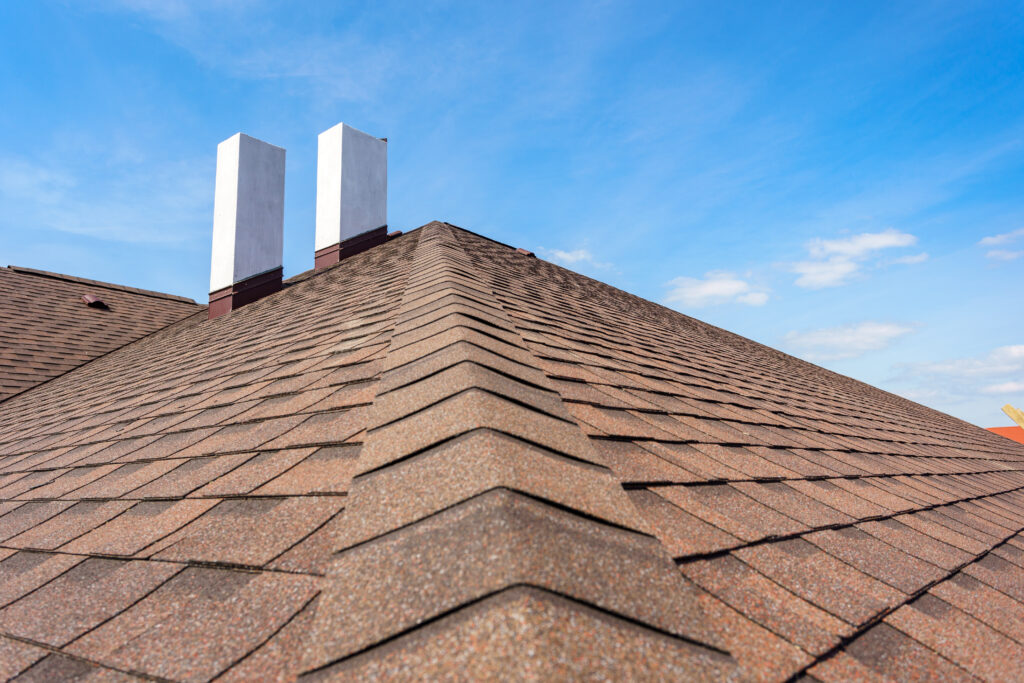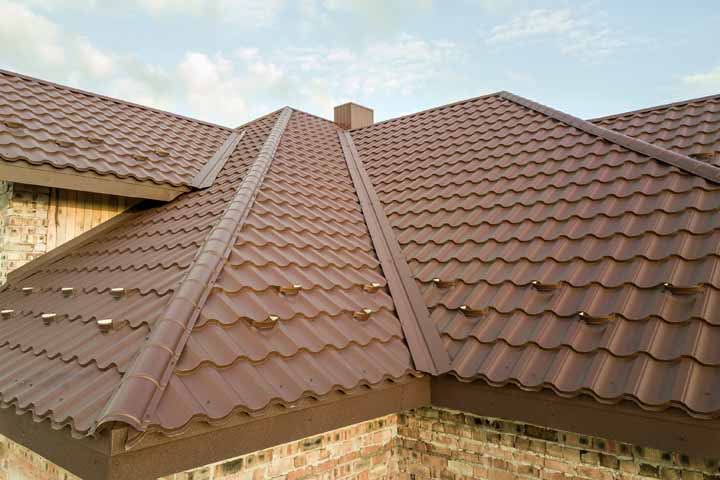What are the Pros and Cons of Fiber Cement Siding?
What is Cut Fiber Cement Siding and What are its Benefits? Fiber cement siding is a building material that has … Read More →

While many different roofing systems are now designed to last for more than the average lifetime, many existing structures may begin to degrade and be in need of replacement. If you find yourself in this situation and have to think about reinstallation, you’ll be looking at your roofing options and may quickly find out that there are several different solutions.
So what are the different types of roofing systems, what are the pros and cons of each one, and which represents the best value for your money?

The three primary types of asphalt shingle roofs include three-tab, dimensional, and luxury. This type of roof is probably the most popular around the country, and you have an extensive choice when it comes to colors and configurations.
Three-tab shingles include three separate layers on each shingle strip and represent the cheapest of this trio. Dimensional shingles tend to cost more than three-tab but may have a more dynamic appearance and can sometimes simulate the appearance of a wood shingle roof. Luxury asphalt shingles tend to be larger than average and mimic the appearance of a much more expensive slate roof.
Bear in mind that there are many different options on the market, but you are advised to avoid the cheapest solutions. If you go for a top-class product, this will reflect in the finished quality of the job, and it’ll be likely to last a lot longer than otherwise.
Wood shingles are another cost-effective option, and you will often find them on period homes that may come with a more steeply pitched roof. This type of shingle has a very distinctive look and is known for its resilience. It can put up with strong winds and is relatively easy to install.
Concrete may be an option if you’d rather choose tiles over shingles. They are made from a combination of cement, sand, and water and, as such, are very durable under pressure. Still, you’ll find a large variation in quality and pricing, but this solution is likely to resist fading and damage.
Clay is incredibly durable, which makes clay tile roofs some of the longest-lasting products on the market. They’re made from natural materials and may have a distinctive appearance, adding texture and character to a new roof. Clay can withstand adverse weather and is a good insulator, but these tiles are quite heavy, so they may take longer to install.
Of all the tile products, slate represents the ultimate in durability. They can sometimes last 100 years or more, so you may not need to worry about replacement again if you go for slate. While they are relatively easy to maintain, they come with a higher price tag.
Metal roofing is normally made from recycled aluminum and steel. You’ll have a great deal of choice here, with standing seam metal roofing one of the most popular. However, you can also choose shakes, tile, and standard metal shingles in a variety of different colors, styles, and finishes.
Metal solutions can often mimic the appearance of slate tile and are very durable, lasting up to 50 years. They’ll deal admirably with strong winds, rain, snow, heat, and even wildfire.
Green roof systems are a relatively new innovation but represent an addition to a standard roofing system. Several layers are built onto the roof, including a waterproofing membrane, root barrier, drainage layers, filters, growing mediums, and vegetation. They can certainly represent an aesthetic improvement over the standard roof and will be good at handling heavy rainfall and reducing unwanted waste.
In addition to these more common roofing types, you may also consider a membrane roof involving a watertight cover made from synthetic rubber, PVC, or modified bitumen. These are often used for flat or low-sloped roofs. Built-up roofing (BUR) is another roofing system that involves multiple layers of asphalt with reinforcing materials, normally found on low-sloped roofs.

Each roofing option has its own pros and cons, as shown in this bulleted list:
Pros:
Cons:
Pros:
Cons:
Pros:
Cons:
Pros:
Cons:
Pros:
Cons:
Pros:
Cons:
Pros:
Cons:

You need to consider many factors when setting a budget for your new roof. In general terms, though, an asphalt roof is likely to be the most affordable option, especially if you choose three-tab shingles.
You need to consider the installation cost as well, which will vary wildly depending on the size and complexity of the work, together with general accessibility. Remember that it’s always best to work with a high-quality roofing contractor to avoid any issues both during installation and thereafter.
As you can see, there are many different solutions available when it comes to roofing systems today. No matter which one you choose, you will always want to work with experienced professionals; and if you live in North Georgia, reach out to JET Contracting.
JET is a locally-owned and operated business that has been around for many years. The entire team believes in delivering quality products and top-notch service, so no job is too big or too small. We specialize in everything from rubber roofing systems to solar energy for flat roofs. Plus, we also offer roof replacement services!
Please call one of the knowledgeable representatives at JET Contracting today so we can give you a free estimate. You won’t be disappointed!
What is Cut Fiber Cement Siding and What are its Benefits? Fiber cement siding is a building material that has … Read More →
Extend the Life of Your Roof System Commercial roofs are often exposed to harsh weather conditions and need regular maintenance … Read More →
It’s Important to Clean Your Gutters Regularly Gutters play an important role in protecting your home from water damage. They … Read More →